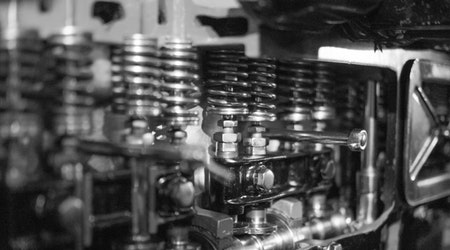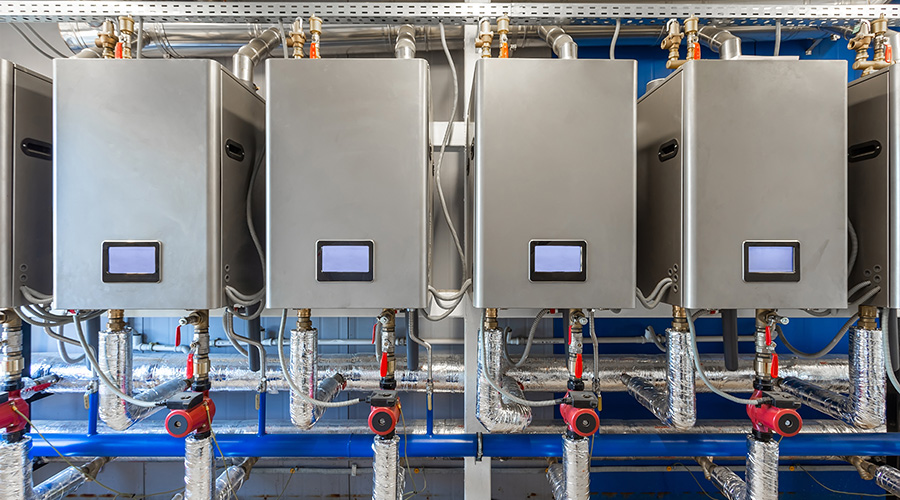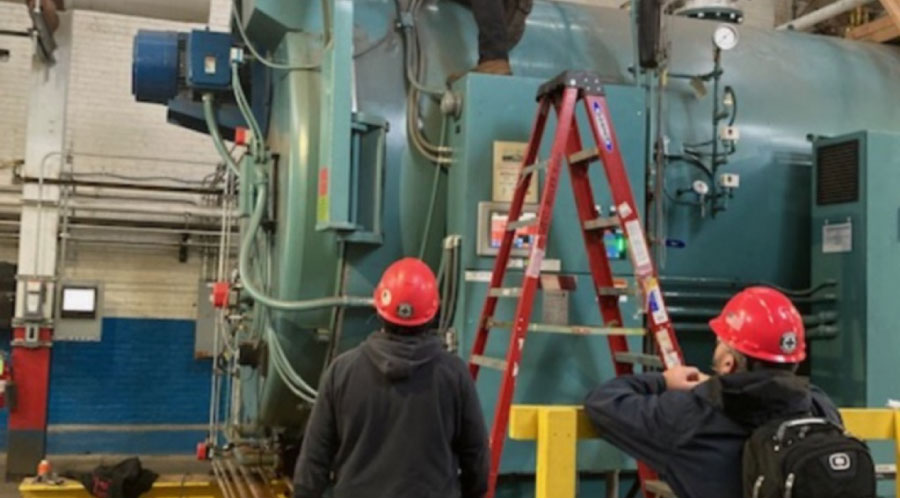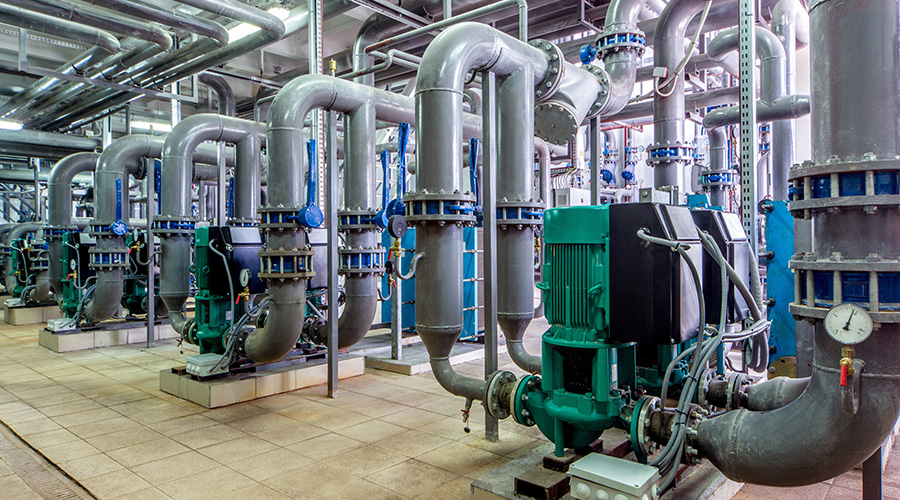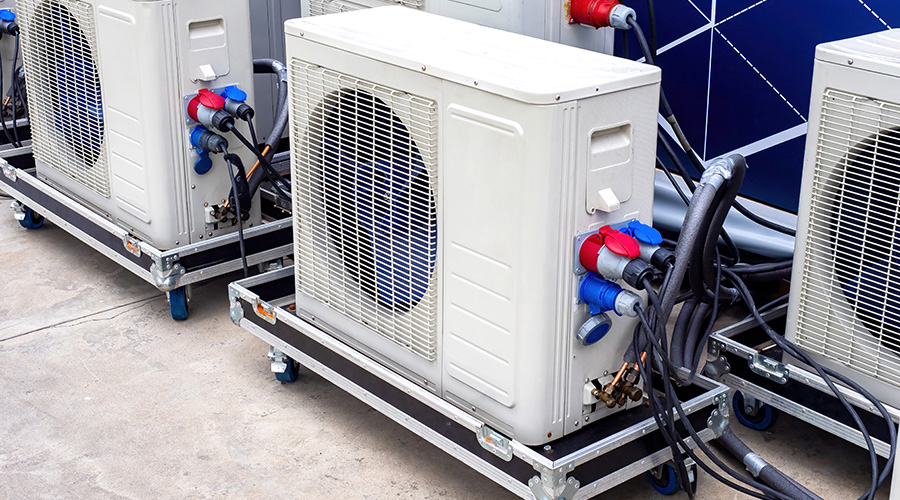Motors: Rewind, Repair, Replace?
Maintenance and engineering managers often choose to rewind or repair a motor when it fails — a common practice with motors greater than 50 horsepower (hp). Even though rewinding a motor costs less than buying a new one, for most applications with high annual hours of operation, it is cost-effective to replace a standard motor with a new National Electrical Manufacturers Association (NEMA) Premium® unit, according to the Federal Energy Management Program (FEMP). In many cases, it might be cost-effective to replace a standard motor with a NEMA Premium motor even before failure.
Managers seeking information to aid in making this decision can use a variety of resources:
FEMP. The program offers information about energy-efficient electric motors, including: performance requirements for federal purchases; buying premium-efficiency motors; and motor sizing, replacement, and speed. www1.eere.energy.gov/femp/technologies/eep_emotors.html
NEMA. Member companies of the NEMA Motor and Generator Section established a NEMA Premium energy-efficiency motors program to provide highly energy-efficient products that meet the needs and applications of users based on a consensus definition of premium efficiency. www.nema.org/gov/energy/efficiency/premium/
CONSORTIUM FOR ENERGY EFFICIENCY (CEE). The goal of CEE's Motors & Motor Systems initiatives is to improve performance and efficiency in motors and motor systems by: defining and promoting a premium-efficiency motor specification; identifying credible tools and resources to optimize motor systems; and promoting sound motor management through the Motor Decisions Matter Campaign. www.cee1.org
Related Topics:








